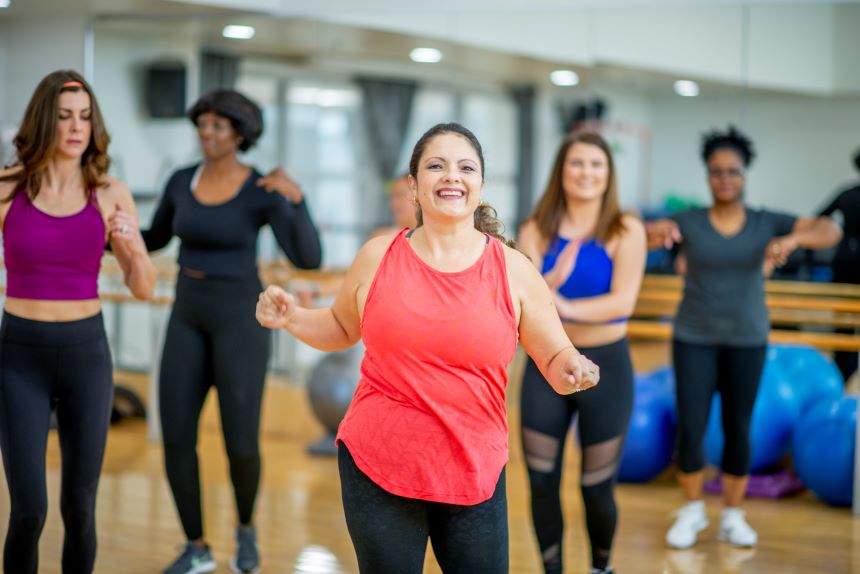If you’ve recently suffered a heart attack or other cardiac scare, it’s natural to be anxious about the idea of exercising. The last thing you want is to cause further damage to your body’s engine.
But one of the keys to your heart’s recovery is for you to get off the couch and get your body moving. This may come with a small risk, but the benefits are far greater.
By building up your heart and strengthening your cardiovascular system, you will reduce risk factors for heart disease and decrease your chances of new heart problems. Your circulation will improve, helping your body make better use of oxygen. Increased energy levels will allow you to be more active without becoming fatigued. And you’ll improve your strength, muscle tone, balance and flexibility.
Build a Plan
Your recovery will employ a multi-pronged approach that includes diet, medicine and exercise. You should work with your cardiovascular team to develop an exercise plan tailored to your own situation and needs. Your goals will vary, based on what heart condition you are dealing with.
Things to consider:
- Plan to start with short (maybe 3 minutes) slow-paced walks. Your pace of breathing should increase, but you should still be able to carry on a conversation.
- Pick up the pace on the walks over time, adding a minute or two each day if your body feels good. The goal is to walk up to 45 minutes a day, in five- to 10-minute intervals.
- Rest as needed, but try not to lie down after you are finished, as that reduces your tolerance for exercise.
- When walking outdoors, do it with a friend or family member. And stay close to home in case you start feeling fatigued.
- As you build up to more vigorous activities, don’t try to pack a week’s worth of exercise into one or two days. It’s better to work out in shorter intervals five or six days a week.
- Exercise each day at the same time to develop a routine.
Exercises for Your Heart
If you are recovering from a heart attack, cardiac rehab is a structured exercise program that can help you start your path to recovery. It costs nothing and it’s often easy to find friends willing to walk with you. But as your strength grows, there are other activities you may find more enjoyable.
Other options:
- Jogging/running: As with walking, take it slow in the beginning and build up your stamina over several weeks.
- Swimming: This is particularly beneficial in hot weather since it allows you to exercise without overheating.
- Biking: A big advantage is the variety of ways you can do this. You can ride outdoors or indoors on different types of bikes.
- Rowing: This low-impact exercise if often combined with walking or running on a treadmill.
- Aerobics: Step and water aerobics both offer strong options for moving your body. Skip the weightlifting portion if that’s included.
- Yoga: The gentle forms of this exercise can help lower blood pressure and improve flexibility. Avoid power or hot yoga.
- Dancing: Consider dance classes to get your heart rate up.
- Lawn work: Gardening and other yard chores can be a great workout. Just be careful with too much heat – and stay hydrated.
Take it Slow
As you exercise, you should go at a reasonable pace, with your body telling you what you can or cannot do. This is particularly important if you recently suffered a heart attack, which could leave your heart in a damaged state. You need to exercise, but you can’t start running marathons – not without taking a lot of time to build up your strength.
Keep in mind that during exercise, some things are normal. These include:
- Feeling slightly tired
- Being aware of your own breathing, without being out of breath
- Feeling relaxed
- Getting slightly sweaty
On the flip side, there are some things that fall outside the realm of normal. These include:
- Chest pain
- Feeling dizzy
- Getting sick to your stomach
- Gasping for breath
- Rapid, pounding heartbeat
- Feeling cold, clammy or very sweaty
If you experience any of these latter symptoms, it’s time to slow down and review your plan with your cardiologist.
Choose to Stay in Touch
Sign up to receive the latest health news and trends, wellness & prevention tips, and much more from Orlando Health.
Sign Up










